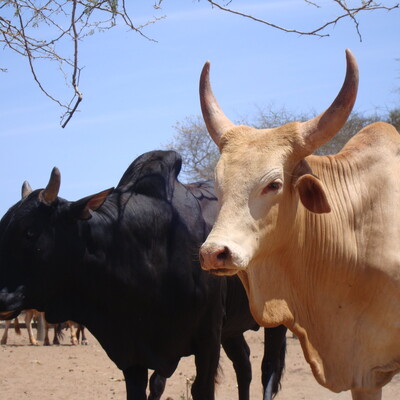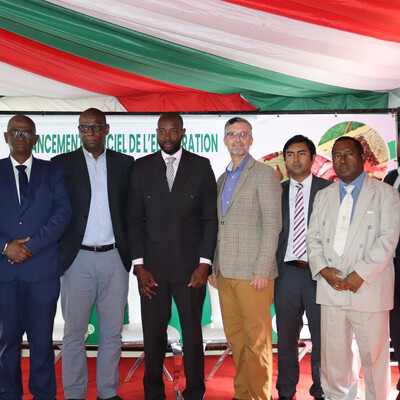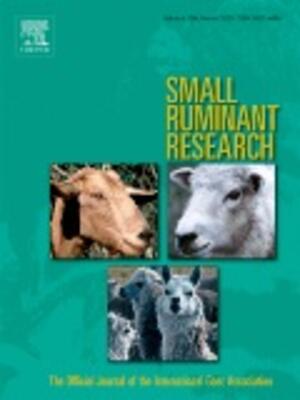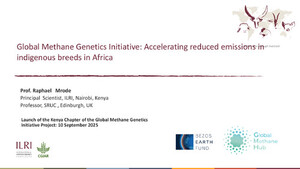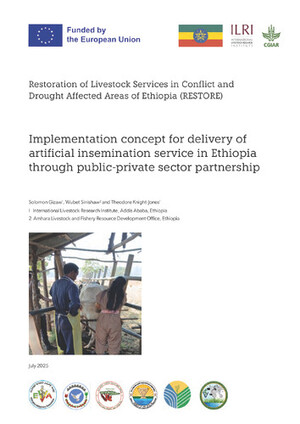
The elusive quest for the perfect chicken
A team of researchers investigating chicken diseases in Ethiopia has discovered that there is far greater genetic diversity in that seemingly nondescript bird than meets the eye, a discovery that could help boost the productivity of small-scale chicken farms throughout Africa. The study was published in this month’s issue of Nature Sustainability by scientists from the International Livestock Research Institute (ILRI) and universities in England, Scotland and Holland.

Local village cockerel, SNNPR, Ethiopia. 15 June 2016, (photo credit: ILRI/ Camille Hanotte).
Chickens are the most common of livestock, with around 50 billion birds reared annually in production systems ranging from the massive confined cages in North America to a handful of birds pecking at the dirt in villages in rural areas. Yet that very ubiquity has masked a surprising adaptability and variety.
‘Chickens are the unnoticed co-stars of world food production’, says ILRI scientist Olivier Hanotte, who along with his colleague Tadelle Dessie was part of the team that conceived and designed the research. ‘Like a character actor who turns out to be crucial to the plot, there are hidden depths to the chicken that we are only just beginning to plumb.’
Chickens have become a major focal point for development experts seeking to help rural Africans emerge from poverty. Easy to raise and requiring few inputs, they are often owned and controlled by women, giving them one of their only independent sources of income. In the egg, chickens provide one of nature’s ‘perfect foods’, which recent research has shown to be especially important in the first 1,000 days of life. But few of the development interventions centered around chickens have paid off; no one, it seems, has yet found a viable method for turning chickens into sustainable small-scale enterprises.
A big part of the problem, says Hanotte, is that researchers have failed to recognize just how adapted chickens are to the specifics of their environment, production system and particular socioeconomic arrangements. ‘We’ve traditionally taken a top-down approach’, he says. ‘We’ve tried to introduce commercial chicken and send them out for local adoption—but without any recognition of the needs and concerns of the farmers themselves.’
The study focused on two districts in the Oromia region of Ethiopia: Horro, around 300 km northwest of Addis Ababa, which has a predominantly orthodox Christian population; and Jarso, around 400 km east of Addis Ababa, which is predominantly Muslim. Analysis of the genetics of the chickens reveals not only high levels of local adaptation, depending on everything from disease occurrence to cultural consumption patterns but also the possibility that the birds were introduced into Ethiopia at different times and through different routes. The birds from Jarso are related to those from the Arabian Peninsula, while the Horro birds appear to have followed Orthodox Christianity down the course of the Nile.
As with many scientific projects, this one began with a chance conversation in the hallway, in this case between a veterinary epidemiologist and an avian microbiologist, and expanded to include geneticists, economists, veterinarians and more. The overarching aim of the project was to reduce the burden of infectious disease in village production systems by decreasing losses and increasing productivity. To achieve this, scientists needed to understand the disease challenges, the genetics of the local chicken ‘ecotypes’ reared and, crucially, the nature of the production system employed and the socioeconomic reasons why chickens are kept.
‘The villagers in Horro turn out to have a strong preference for birds with a rose comb, seen as a symbol of the indigenous bird and a guarantee of adaptability and taste’, says Tadelle Dessie, Hanotte’s colleague and one of the study’s co-authors leading the African Chicken Genetic Gains project at ILRI. ‘Indeed, we were frequently told that villagers don’t want the Ferengi (foreign) chicken. In one Jarso village, we saw children wearing T-shirts recently donated by an aid charity. We were told they were also given Ferengi chicken but these had all died, so the shirts were the only lasting legacy.’
This study helps clarify why so many chicken development interventions have failed in the past and it provides avenues for maximizing successes. ‘There is not a “one-size-fits-all” chicken for Ethiopia or any village system; option by context is key here’, says Dessie. ‘Chicken genetics or vaccinations are important, but so too are local needs and preferences. No intervention can succeed without considering them.’
Too often relegated to a minor role in livestock production, the backyard smallholder indigenous chicken is a true star of the show.
Read the paper by Judy Bettridge, Androniki Psifidi, Zelalem Terfa, Takele Desta, Maria Lozano-Jaramillo, Tadelle Dessie, Pete Kaiser, Paul Wigley, Olivier Hanotte and Robert Christley: The role of local adaptation in sustainable production of village chickens, Nature Sustainability, Oct 2018.
University of Liverpool press release.






